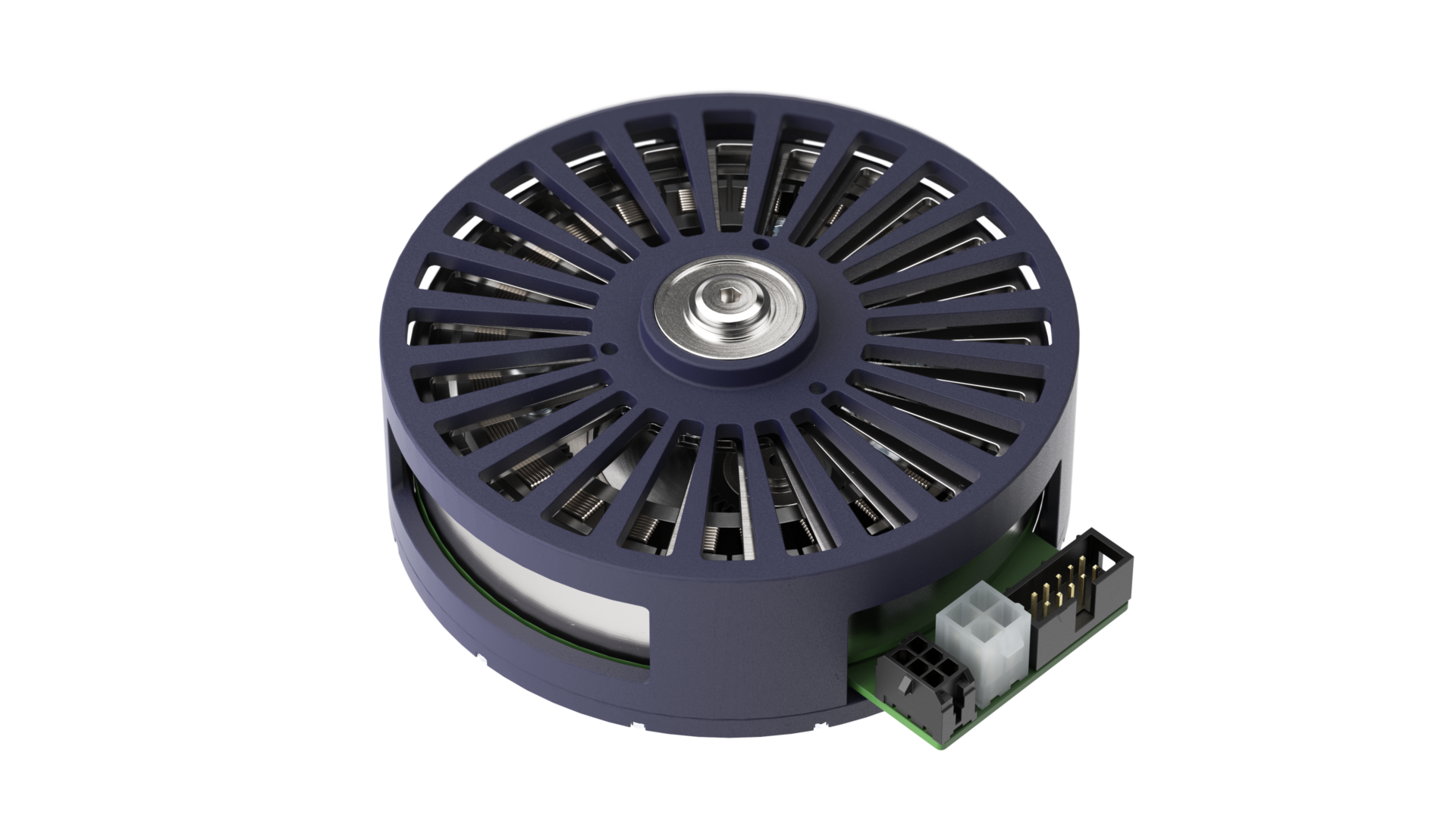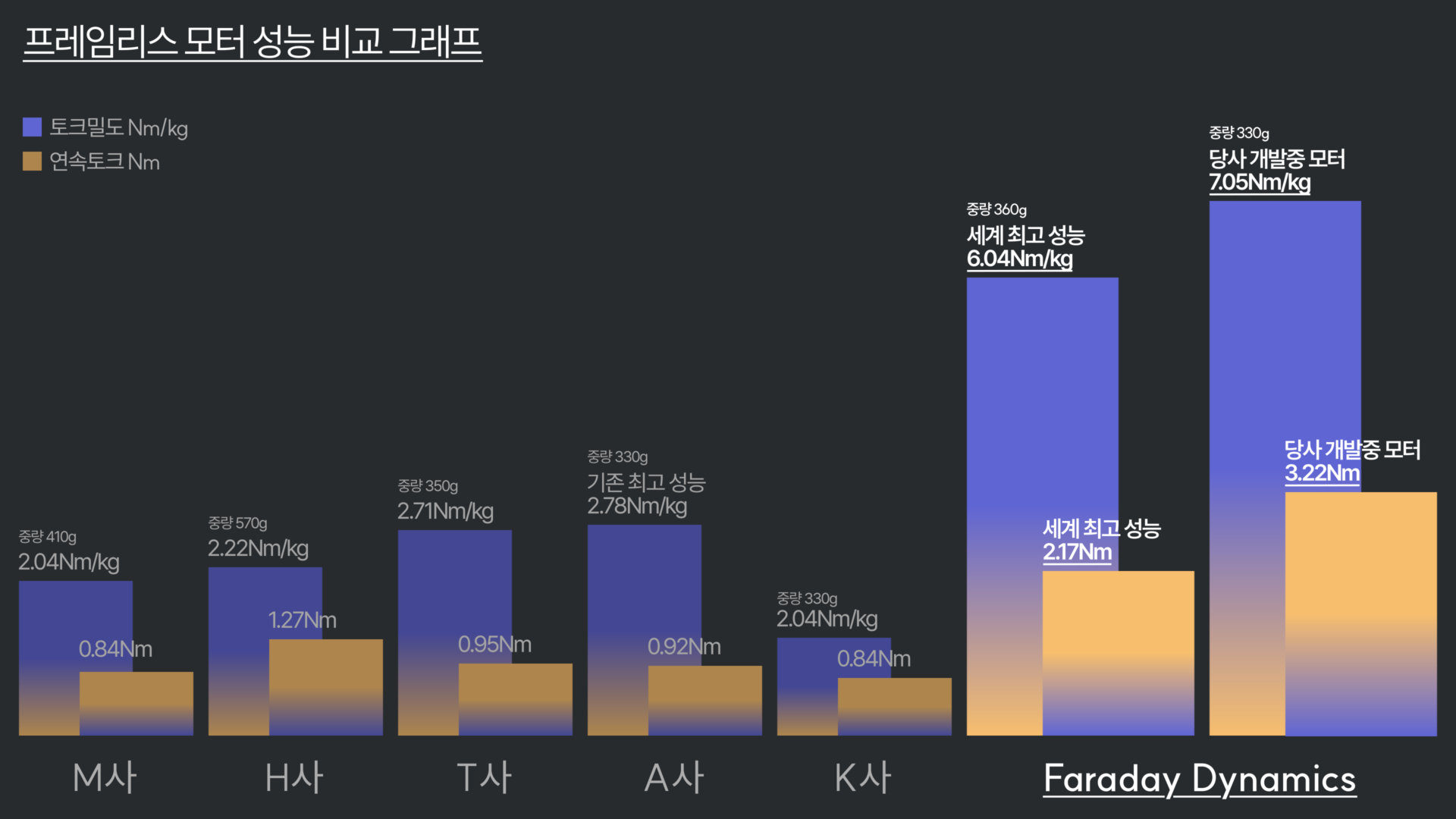At @그때 투자 (I Decided to Invest at That Time), industry investors share why they chose to invest in the startup.
2024. For many, the field that captured the most attention was undoubtedly AI. However, beyond AI, there was another market that attracted concentrated investments from global venture capital firms—humanoids. For instance, Physical Intelligence received over 500 billion won in investments at a valuation of approximately 3 trillion won just a little over a year after its founding, while Figure secured nearly 1 trillion won in investments at a valuation of around 4 trillion won. In addition, 2024 was an exceptionally active year for investment news related to humanoid startups. Moreover, companies like Google unveiled foundation models for robots, and Tesla signaled the full-scale rollout of Optimus.
And then, 2025. From the very first day of the new year, the keyword “robot” began heating up not only the venture capital market but the entire capital market. Following OpenAI’s announcement that it would develop a humanoid (human-like robot), Samsung Electronics emerged as the largest shareholder of Rainbow Robotics. Furthermore, NVIDIA’s Jensen Huang declared the onset of the “Physical AI” era, and even Elon Musk predicted that “humanoid robots will eventually become a larger market than the automotive industry.” With these developments, robotics has emerged as the next hottest investment theme after AI. Many experts now anticipate that, just as ChatGPT has revolutionized society, a similar inflection point is approaching in the robotics field.
In the past, the pinnacle of modern technology that we encountered in everyday life was the automobile; now, technology has come so close that we might even call it a robot. Humanoids require a wide range of cutting-edge technologies and, in particular, a multitude of hardware components. These typically include most of the parts found in collaborative robots—motors, reduction gears, torque sensors, and grippers. However, since a human-like robot has two arms and two legs, it demands far more components than the collaborative robots commonly used in factories. In fact, industry experts expect that the number of parts in a humanoid could exceed that of collaborative robots by more than five times, opening up new opportunities in terms of component demand.

Tesla’s Optimus / Tesla
◇Challenging Innovation in Robot Structure, Not Merely the Motor Component
Faraday Dynamics is a startup developing a motor—one of the key components of humanoids. In my childhood, the stationery store in front of my school was always bustling with friends racing the miniature cars they had assembled, betting on whose mini car was faster. Growing up with comics like Cyber Formula and We Are Champions, I too used to wager with friends over which mini car would win. We swapped batteries for greater speed, greased the gears, and even replaced motors. The allure of the “black motor” and “golden motor” remains vivid in my memory. Back then, I never imagined that such motors would become a critical component of the robotics industry. Even after later majoring in robotics at university, humanoids still seemed like a far-off concept from a sci-fi movie.
However, the large-scale investments from venture capital firms and corporations—as well as advances in AI—are rapidly accelerating the advent of the humanoid era. Amid these developments, last year I focused on the core components of robots. Typically, the joints in collaborative robots, wearable robots, and humanoids integrate various devices—beyond just a motor, including reduction gears and torque sensors—to enable more precise control. Yet this structure, due to its high rigidity, not only hinders interaction between humans and robots but also drives up overall robot costs.
Faraday Dynamics is developing a motor aimed at revolutionizing the conventional motor–reduction gear–torque sensor structure. CEO Jang Han-tteut, who has been dedicated to solving this problem since his study days at Osaka University, through his doctoral work at KAIST, and now as a professor at Incheon National University, leads this innovative effort. While most robotics companies have concentrated on how to wind more coils inside a motor to improve its performance, Faraday Dynamics is taking a completely new approach by overcoming the structural limitations of existing joints with a high-torque density motor.

Recognizing its innovative potential and technological prowess, Faraday Dynamics has attracted investments not only from Murex Partners but also from several strategic investors (including leading global quadruped and wearable robot companies), and its motor performance is currently being tested in robotics labs at top-tier global universities. In other words, Faraday Dynamics is taking on a major challenge by not only revolutionizing motors but also overhauling the traditional component structure in a motor market that has seen little innovation for decades.
The government has set a target of achieving an 80% localization rate for core robot component technologies by 2030, yet currently, Korea’s localization rate for robot components remains at around 44%. Among these, the localization rate for motors is only 38.8%, and that for reduction gears is 35.8%—figures that are among the lowest (as of 2023). In a reality where a significant portion of the essential robot components we need still must be imported, I sincerely hope that Faraday Dynamics’ challenge will mark a new milestone not only for the domestic robotics industry but also for the global robotics market.
